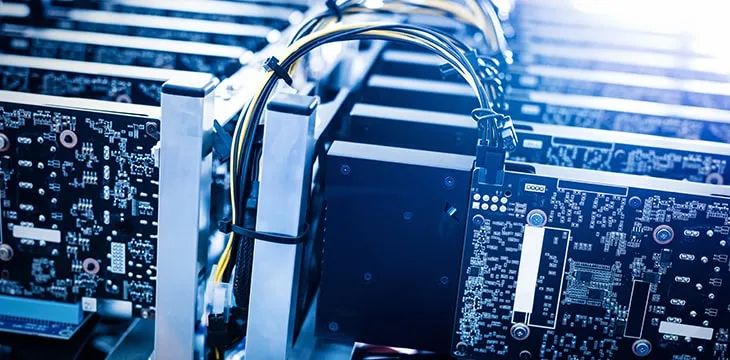|
Getting your Trinity Audio player ready...
|
We hear a lot about the so-called “inefficiencies” of proof-of-work (POW). Public figures signal praise for the alternate proof-of-stake (POS) system for its supposed environmentally friendliness. Dr. Craig S. Wright sets things straight in this week’s episode of “Bitcoin Class with Satoshi” with sCrypt’s Xiaohui Liu.
POS does not aid with scaling a blockchain, and it doesn’t avoid the emergence of data center-scale processing operations. That was clear from the beginning, Dr. Wright says. There will always be only a small number of nodes that “control” the network, even if individual miners/processors exist—it’s hard to compete against the major operators when you’re working alone.
Ep13 #bitclass https://t.co/LTaVMlEfiu pic.twitter.com/I9hJg7FDnT
— sCrypt Official | OP_CAT 🐱 (@scryptplatform) August 3, 2021
Describing Bitcoin as “a self-healing, robust system because of economic measures,” he describes how POW operators can come and go from the network at will. POW also de-anonymizes the significant players, whereas a system with anonymous, individual processors is vulnerable to sybil attacks.
Blocs, cartels and sybils
Even in political democracies, there are the inevitable voting blocs, political parties, and representative democracy structures.
Now, about proof-of-stake: POS is a form of bearer share even though there aren’t any dividend payments. There’s a return, and those receiving lots of money can re-invest it to increase their power. In POS also, you eventually get those large voting interest blocs.
Dr. Wright describes this potential behavior as similar to OPEC, where cartels form. Another metaphor is a company with a million voting shares—but those shares are numbered, not named, meaning you never know who’s actually controlling them. A staker can easily hand control of their shares to other parties, making it relatively simple to gain a controlling interest without anyone noticing. If that controlling interest can change the code of the protocol itself, you have a centralized oligarchy rather than a decentralized democracy.
POW is “a provable way of finding investment in the network,” he adds. Sure, POW may also see cartels and blocs, but it’s easier to find out who the big players are (and from that, what their intentions might be).
What of claims that POS is a natural evolution from POW for digital assets, or that it doesn’t “waste electricity”? In fact, Dr. Wright said he actually considered POS models before settling on POW, discarding the idea when he realized its downsides.
“What is the goal of Bitcoin?” Dr. Wright asks. It’s first and foremost a digital cash system (as referenced in the 2008 white paper title) and you would use it for the same sort of everyday, low-value purchases people use cash for today. Physical cash is virtually “free” to use, but there are minimal costs associated with the system. Bitcoin is competing with that.
Stakers on a POS network are “freeriders” with no incentive to find new efficiencies or improve the technology of the network. There are also no incentives to increase block sizes, creating stagnation (which is a barrier to scaling).
It might be a challenge to convince the general public of these more rational, incentive-based arguments. Trends clearly point to a growing preference for simplified, emotional arguments over scientific ones and POS’s “more environmentally friendly” and “more democratic” messaging has far more impact than it deserves to. However, the issue of legality may come in to play as well, Dr. Wright says, which at least provides an opportunity for closer analysis.
To watch previous episodes of the Theory of Bitcoin and Bitcoin Class, check out the Theory of Bitcoin YouTube channel here and the Bitcoin Class with Satoshi YouTube channel here.

 07-15-2025
07-15-2025 





